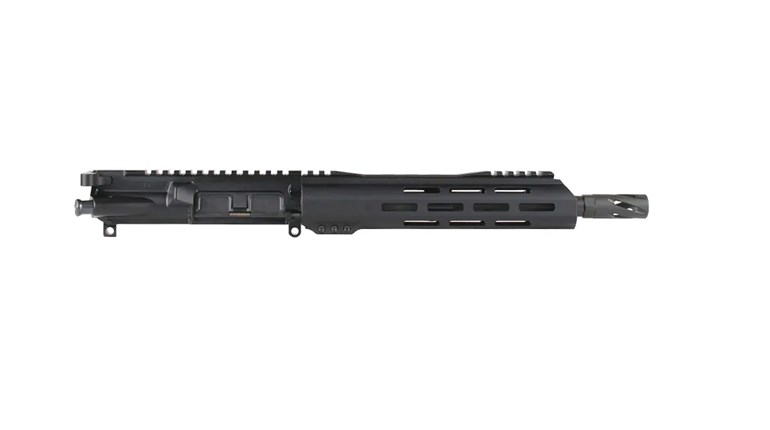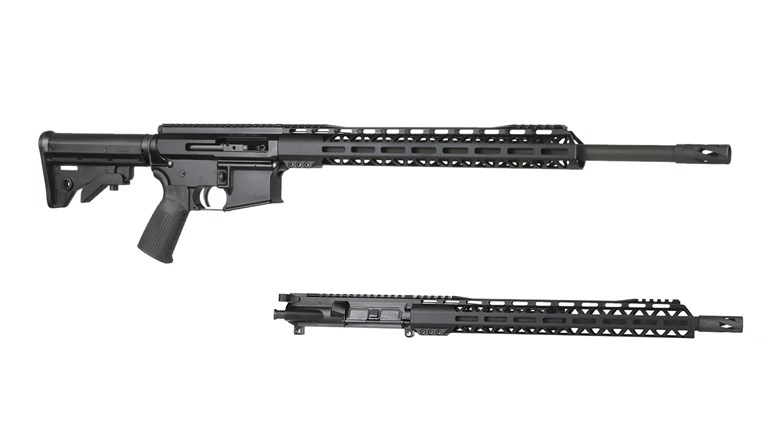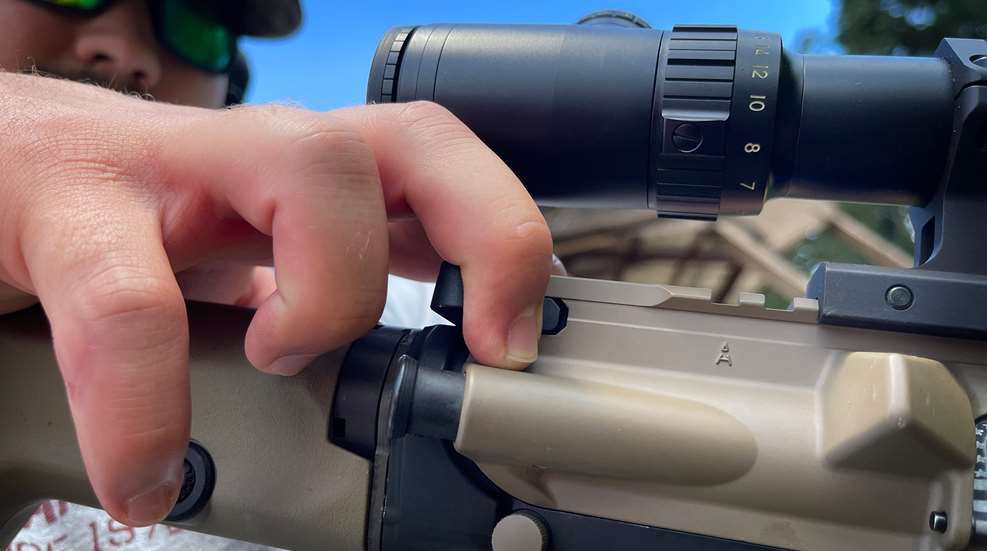
Growing up, I cut my long-gun teeth on bolt action rifles. It wasn’t until college, when I bought my first AR-15, that I learned about the concept of side-charging vs rear-charging AR-15 receivers. But, why care about charging handle location? Similar to other firing controls, the charging handle location can determine several things for the shooter.
Rear-Charging Handles
Rear-charging handles are the most common type of charging handle system, and is still the most prolific method of charging AR-style rifles. This specific charging handle hooks over the gas key on top of the bolt, acting as a collar around the gas key and resides in a channel cut into the top of the upper receiver. As the charging handle is pulled rearward, that collar brings the bolt back with it. It’s also how the bolt is removed from the gun when the upper receiver is unhinged from the lower receiver.
Side-Charging Handles
Eugene Stoner created an AR-style rifle using a side-charging handle. It was implemented in his AR-18 firearm design. Since then, companies like Brownells and its BRN-180 series of firearms have adopted the side-charging method. In some cases, as with the AR-18 system and those modeled after it, this eliminates the need for a buffer system and a forward assist. Other systems simply screw in a knob on the side of the BCG (bolt carrier group), while still others operate outside of the BCG entirely. Some attach to the rear charging handle and act as an extension of the rear charging handle which protrudes toward the front of the gun as it runs along the side of the receiver. Perhaps the biggest consideration to make if one opts for a side-charging design in the great side charging vs rear charging AR-15 debate is if one wants a reciprocating or non-reciprocating charging handle. All this means is that the side-charging handle moves with the bolt, or if it stays in place as the bolt cycles.
So, what should a shooter consider when determining if a side charging vs rear charging AR-15 is the right move?
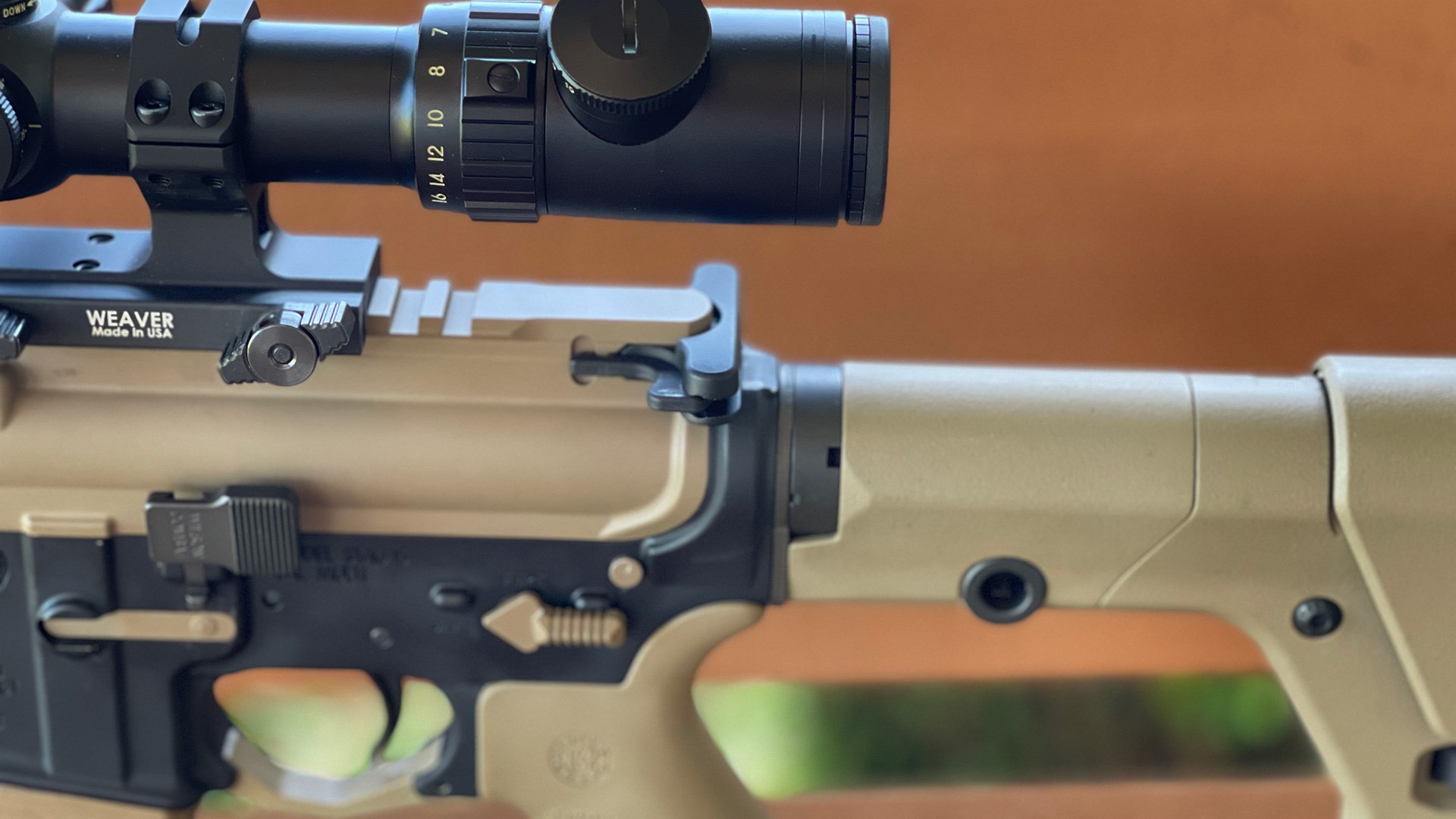
Side Charging vs Rear Charging Handles: Cost
The more custom anything gets, the more it’s going to cost. With that said, one of the biggest factors in the side charging vs rear charging AR-15 debate is how much parts are going to run. Because a rear-charging handle is the standard setup for the average AR-15, this style of handle is much more plentiful, making it more commonly available, and therefore cheaper.
Proprietary Components
Typically, because there is no standard on side-charging designs, much like gas-piston style AR-15s, side-charging handles are going to be proprietary in nature, too. This means that, as is the case with those piston systems, once you decide which manufacturer’s system you want to run on the gun, you better hope they stay in business, as it will be difficult to acquire replacements. Purchasing spare parts is an option, but again, that factors into the cost consideration, which will raise significantly if entire systems are to be duplicated.
Location, Location, Location
While the rear-charging handle has a common location, side-charging AR-15s are all about the location of the charging handle, which can be on the side of the receiver, on the side of the BCG, or somewhere else entirely. This is also the primary determination of whether a side-charging AR-15 has a reciprocating or non-reciprocating handle.
Prior Training
How one is accustomed to operating a long gun will largely determine where one might decide the location of the charging handle. For me, running bolt guns all my life (for the most part), I like the idea of a side-charging handle, and I specifically prefer it on the right-hand side of the gun on the BCG as it more closely mimics the motions I’m already familiar with when using my other long guns.
Double Duty
One other reason I often suggest a side-charging AR-15 when someone is debating between a side charging vs rear charging AR-15 is because in some instances – again, depending on location – the side-charging handle can double as the forward assist, the same way a bolt on a bolt action rifle can be used to send a cartridge into the chamber if the gun fails to cycle for some reason.
Familiarity Breeds Contempt (For Other Systems)
Because rear-charging and side-charging AR-15s each require a different series of steps for proper operation, once you’re accustomed to one, it can be awkward to switch to another system. In other words, once you pick a charging system, it behooves the user to stick with that system to make a gun function as efficiently as possible.
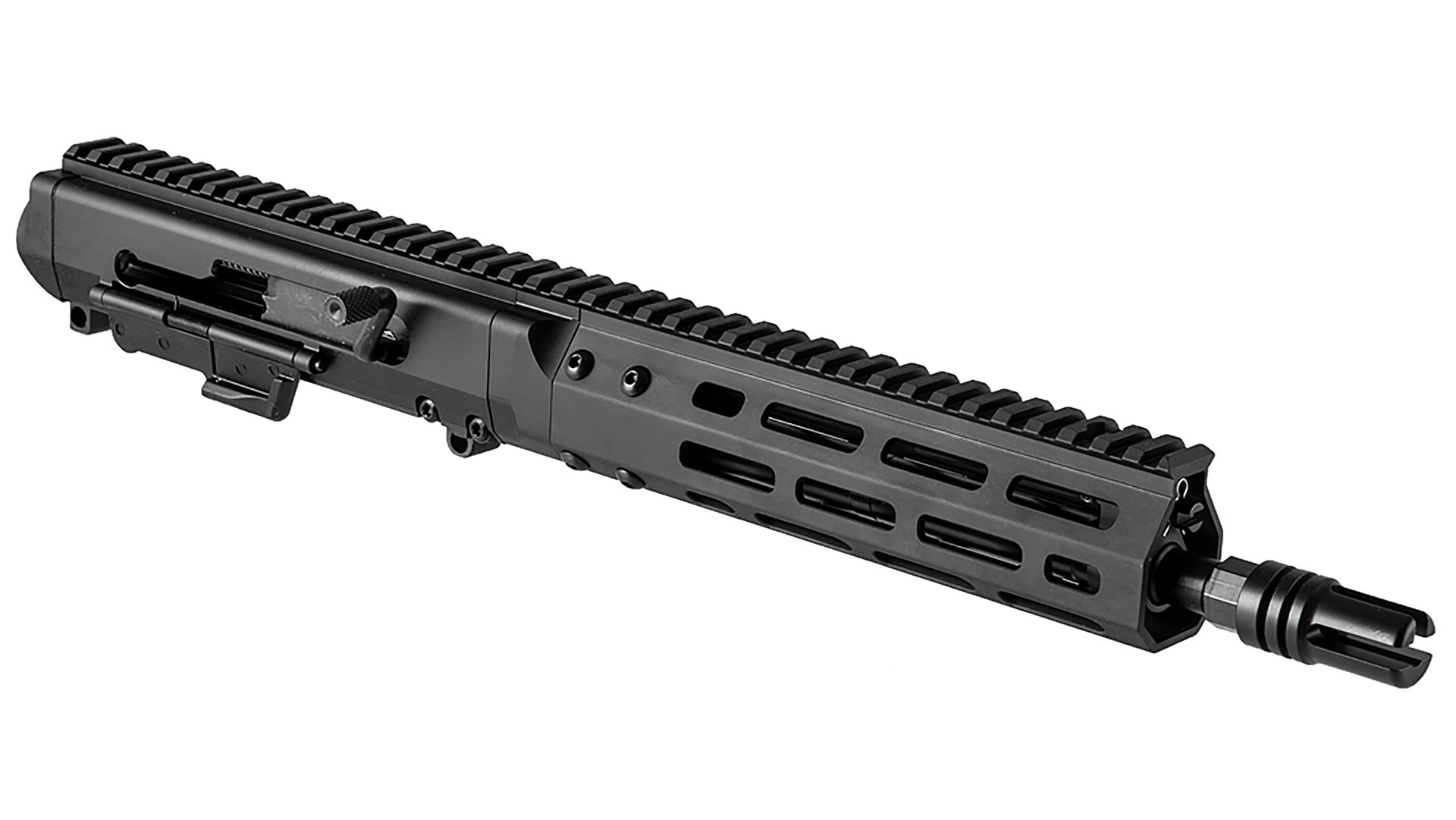
Maneuverability of A Side Charging vs a Rear Charging Handle
This is one point where a rear-charging handle gets the edge in the side charging vs rear charging AR-15 debate. Because this system leaves no objects hanging off the sides of the gun, rear-charging ARs are far easier to work with in tight spaces, and it eliminates the possibility of the action getting caught on anything that may result in a malfunction.
Speed of Operation
Speed here doesn’t mean cycling speed. Whether side charging or rear charging, the mechanics are the same; the gun still needs to go through the process of cycling the bolt all the way rearward and come back into battery. It does increase reaction speed, though; not only is sticking with one charging method more efficient, but it’s faster, too, because there’s a faster reaction time once someone’s fully adapted to one system or the other.
Sight Alignment
This one is a huge win for the side-charging AR in the side charging vs rear charging AR dispute. Because the shooter’s face isn’t in the way of the charging handle being cycled (depending on the shooter’s LOP, this may not be a problem), the shooter can stay on the gun and maintain proper sight alignment while charging the gun, which adds to speed and efficiency. Keeping the necessary cheek weld on the stock while cycling the gun makes follow-up shots faster, but this only matters if you’re potentially running the magazine dry.












